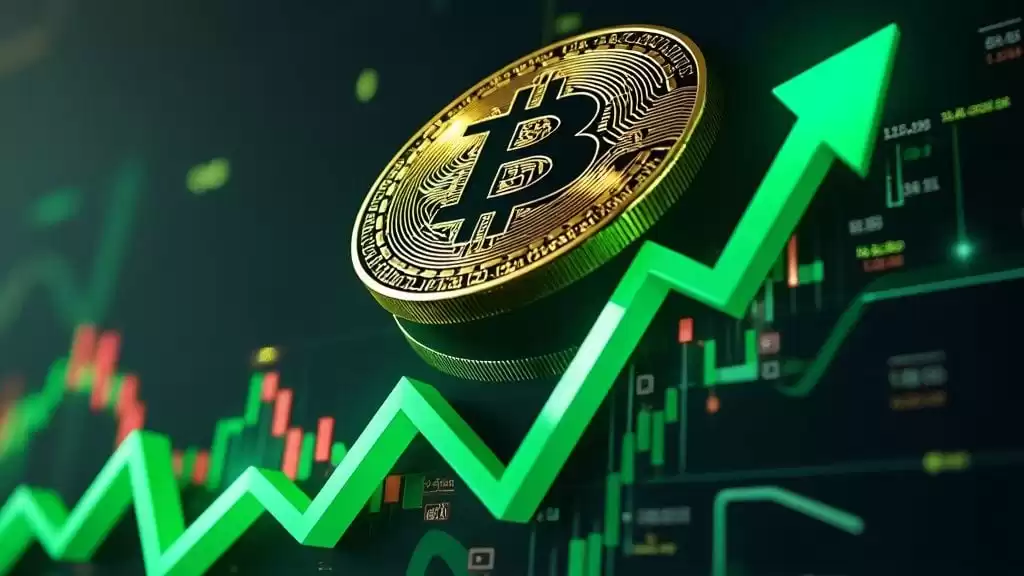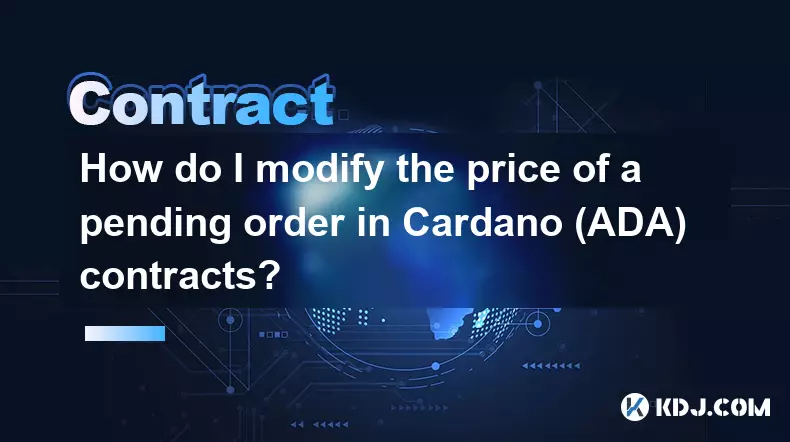-
 bitcoin
bitcoin $109523.663807 USD
-0.13% -
 ethereum
ethereum $4019.526508 USD
2.06% -
 tether
tether $1.000482 USD
0.00% -
 xrp
xrp $2.776815 USD
0.18% -
 bnb
bnb $958.942396 USD
0.12% -
 solana
solana $204.294698 USD
3.84% -
 usd-coin
usd-coin $0.999693 USD
0.00% -
 dogecoin
dogecoin $0.232115 USD
2.09% -
 tron
tron $0.338028 USD
0.84% -
 cardano
cardano $0.790920 USD
1.50% -
 hyperliquid
hyperliquid $44.871443 USD
5.60% -
 ethena-usde
ethena-usde $1.000322 USD
0.04% -
 chainlink
chainlink $21.034165 USD
2.60% -
 avalanche
avalanche $28.794831 USD
-0.54% -
 stellar
stellar $0.360466 USD
1.24%
How to use currency-based perpetual contract for arbitrage?
Currency arbitrage using perpetual contracts involves buying a cheaper currency on one exchange and selling it on another where it's more expensive, capitalizing on price discrepancies to realize profits.
Oct 24, 2024 at 09:13 pm

How to Use Currency-Based Perpetual Contract for Arbitrage
Perpetual contracts are financial instruments that offer exposure to the price movements of an underlying asset without the need for physical delivery. They are similar to futures contracts, but with no fixed expiry date. This makes them well-suited for arbitrage strategies, as there is no risk of the contract expiring before the arbitrage opportunity has been realized.
One of the most common types of arbitrage strategies involving perpetual contracts is currency arbitrage. This involves taking advantage of price differences between two or more currencies on different exchanges. The basic principle is to buy the currency that is cheaper on one exchange and sell it on another exchange where it is more expensive.
Here are the steps on how to use currency-based perpetual contract for arbitrage:- Identify an arbitrage opportunity. The first step is to find an opportunity where the same currency is trading at different prices on two or more exchanges. This can be done by using a crypto arbitrage scanner or by manually comparing the prices on different exchanges.
- Calculate the potential profit. Once you have identified an arbitrage opportunity, you need to calculate the potential profit. This is done by taking the difference between the bid price on the exchange where the currency is cheaper and the ask price on the exchange where the currency is more expensive.
- Open two positions on different exchanges. The next step is to open two positions on different exchanges. On the exchange where the currency is cheaper, you will open a long position. This means that you will buy the currency. On the exchange where the currency is more expensive, you will open a short position. This means that you will sell the currency.
- Wait for the price difference to close. The final step is to wait for the price difference between the two exchanges to close. This can take minutes or hours, depending on the market conditions. Once the price difference has closed, you can close both of your positions and realize your profit.
Let's say that you find an arbitrage opportunity where Bitcoin (BTC) is trading at $10,000 on Binance and $10,050 on Coinbase. To take advantage of this opportunity, you would open a long position on Binance for 1 BTC and a short position on Coinbase for 1 BTC.
If the price difference between Binance and Coinbase closes, you would make a profit of $50. This is because you would have bought 1 BTC for $10,000 on Binance and sold it for $10,050 on Coinbase.
ConsiderationsThere are a few things to keep in mind when using currency-based perpetual contracts for arbitrage:
- Slippage: Slippage is the difference between the price you execute a trade at and the price you intended to trade at. Slippage can impact your profits, so it's important to factor it into your calculations.
- Fees: Exchanges typically charge fees for trading perpetual contracts. These fees can reduce your profits, so it's important to factor them into your calculations.
- Volatility: Perpetual contracts are traded on margin, which means that you are borrowing money from the exchange to trade. This can increase your profits, but it can also increase your losses. It's important to manage your risk carefully when trading perpetual contracts.
Currency-based perpetual contracts can be a useful tool for arbitrage. However, it's important to understand the risks involved before you start trading. By following the steps outlined in this article, you can increase your chances of success.
Disclaimer:info@kdj.com
The information provided is not trading advice. kdj.com does not assume any responsibility for any investments made based on the information provided in this article. Cryptocurrencies are highly volatile and it is highly recommended that you invest with caution after thorough research!
If you believe that the content used on this website infringes your copyright, please contact us immediately (info@kdj.com) and we will delete it promptly.
- XRP Tundra: Dual-Token Innovation in the XRP Ecosystem
- 2025-09-27 20:25:12
- MUTM: Is This Crypto the Smartest Buy Now?
- 2025-09-27 20:25:12
- Crypto Millionaires: Unlocking Financial Freedom with the Right Investments
- 2025-09-27 20:30:01
- ETH Price Check: Crypto Analysts Favor These Moves Now
- 2025-09-27 20:30:01
- BlockchainFX, Bitcoin Hyper, and Crypto Presales: Finding the Next Big Thing
- 2025-09-27 20:30:01
- Galaxy CEO, Bitcoin, and the Powell Replacement: A $200K Prediction?
- 2025-09-27 20:30:15
Related knowledge

How do I enable the "scalping-only" mode for Cardano (ADA) contracts?
Sep 24,2025 at 03:19am
Understanding Scalping Strategies in Crypto Derivatives1. Scalping in cryptocurrency trading refers to executing multiple short-term trades within min...

How do I add margin to Cardano (ADA) contracts?
Sep 27,2025 at 07:54pm
Understanding Margin in Cardano (ADA) Smart ContractsCardano operates on a proof-of-stake blockchain that supports smart contracts through its Plutus ...

What is the maximum position limit for Cardano (ADA) contracts?
Sep 23,2025 at 11:00pm
Understanding ADA Futures and Derivatives Market Structure1. Cardano (ADA) futures contracts are offered by several major cryptocurrency derivatives e...

What is the maker fee for Cardano (ADA) contracts?
Sep 26,2025 at 09:01am
Understanding Maker Fees in Cardano (ADA) Contracts1. The concept of maker fees applies broadly across decentralized exchanges and smart contract plat...

How can I view open interest in Cardano (ADA) contracts?
Sep 24,2025 at 07:36am
Understanding Open Interest in Cardano Derivatives1. Open interest refers to the total number of outstanding derivative contracts, such as futures or ...

How do I modify the price of a pending order in Cardano (ADA) contracts?
Sep 27,2025 at 01:00am
Understanding Pending Orders in Cardano Smart Contracts1. Cardano operates on a proof-of-stake blockchain that supports smart contracts through its Pl...

How do I enable the "scalping-only" mode for Cardano (ADA) contracts?
Sep 24,2025 at 03:19am
Understanding Scalping Strategies in Crypto Derivatives1. Scalping in cryptocurrency trading refers to executing multiple short-term trades within min...

How do I add margin to Cardano (ADA) contracts?
Sep 27,2025 at 07:54pm
Understanding Margin in Cardano (ADA) Smart ContractsCardano operates on a proof-of-stake blockchain that supports smart contracts through its Plutus ...

What is the maximum position limit for Cardano (ADA) contracts?
Sep 23,2025 at 11:00pm
Understanding ADA Futures and Derivatives Market Structure1. Cardano (ADA) futures contracts are offered by several major cryptocurrency derivatives e...

What is the maker fee for Cardano (ADA) contracts?
Sep 26,2025 at 09:01am
Understanding Maker Fees in Cardano (ADA) Contracts1. The concept of maker fees applies broadly across decentralized exchanges and smart contract plat...

How can I view open interest in Cardano (ADA) contracts?
Sep 24,2025 at 07:36am
Understanding Open Interest in Cardano Derivatives1. Open interest refers to the total number of outstanding derivative contracts, such as futures or ...

How do I modify the price of a pending order in Cardano (ADA) contracts?
Sep 27,2025 at 01:00am
Understanding Pending Orders in Cardano Smart Contracts1. Cardano operates on a proof-of-stake blockchain that supports smart contracts through its Pl...
See all articles









































































